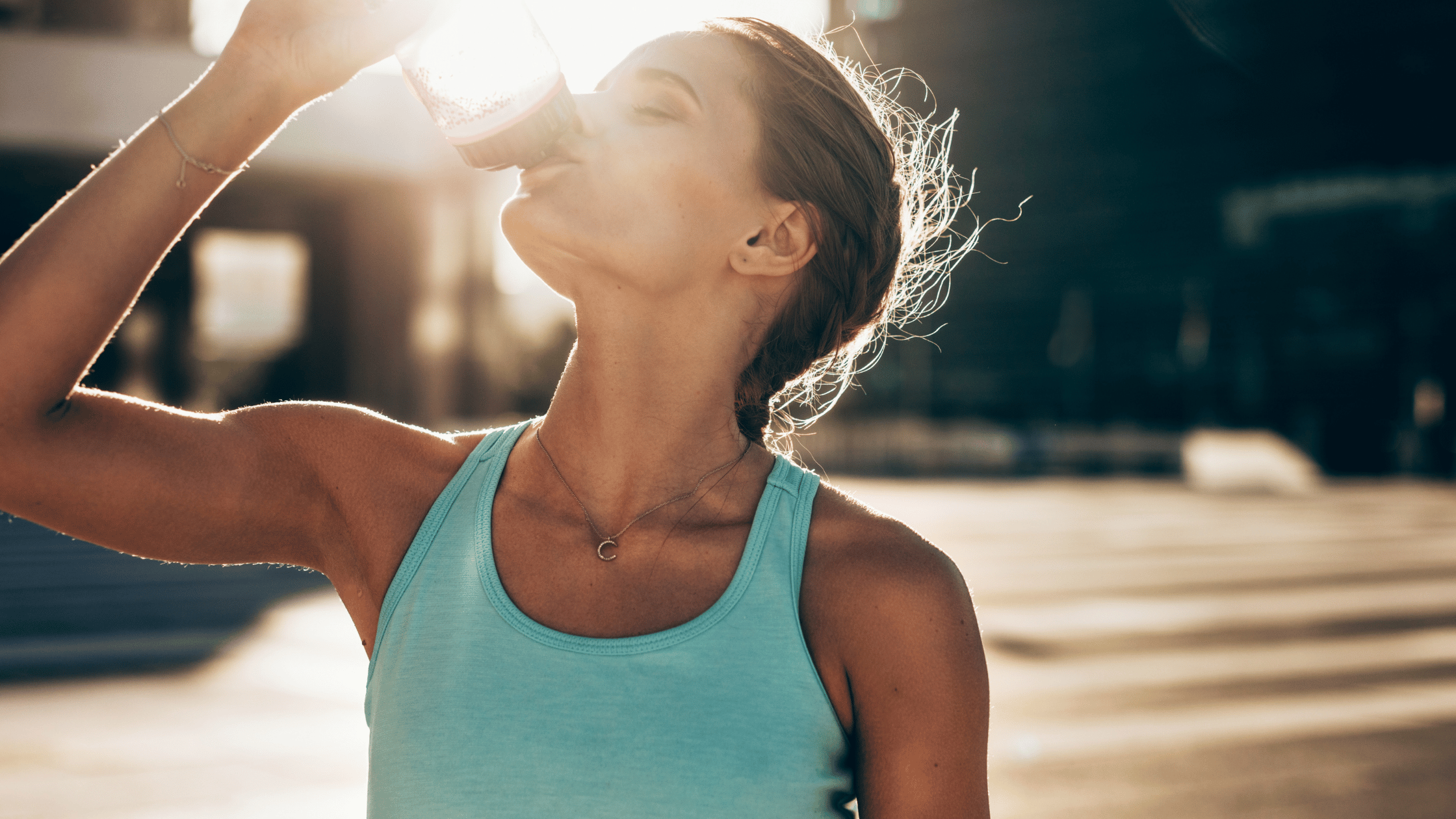Recovery Tips for Cheerleaders: The Balancing Act

Licensed Physical Therapist, PT, DPT // EW Motion Therapy Liberty Park
Cheerleading demands a unique blend of athleticism, artistry, and unyielding spirit. It's a sport that requires strength, flexibility, endurance, and an incredible amount of discipline. However, the rigorous training schedules and the physical demands of performances can take a toll on the body and mind of a cheerleader. This is why recovery is an essential aspect of a cheerleader's regimen, not only to enhance performance but also to prevent injuries and ensure a long and healthy career in the sport. We love helping our cheerleaders at EW Motion Therapy meet the demands of their sport and ensuring their bodies and minds are healthy so they can compete at an optimal level. While you may decide that our services don’t fit your needs, you can still read on as we explore the importance of recovery for cheerleaders, offer tips on balancing responsibilities with a training schedule, and highlight professional resources that can aid in a cheerleader's journey to optimal health and peak performance.
Why recovery is important for cheerleaders
The physical and mental demands of cheerleading
Cheerleading is more than just pompoms and chants; it's a high-intensity sport that involves tumbling, jumping, stunting, and dancing. These activities put significant stress on the body, particularly on the muscles, joints, and ligaments. Without proper recovery, cheerleaders are at a higher risk of overuse injuries, which can sideline them from both training and competitions.
Recovery for performance and longevity
Recovery is not just about healing from injuries; it's about allowing the body and mind to replenish and strengthen. Adequate rest, proper nutrition, hydration, and mental health care play crucial roles in a cheerleader's recovery process. They help improve performance, increase flexibility and strength, reduce the risk of injury, and prolong a cheerleader's active years in the sport.
Balancing responsibilities with a training schedule
Time management strategies
Balancing the demands of school and other responsibilities with a rigorous training schedule is a common challenge for young cheerleaders. Effective time management is key. Planning your week in advance ensures that both academic responsibilities and training commitments are met without compromising one for the other. Use tools like planners or digital apps to keep track of homework, exams, practices, and competitions.
The importance of prioritization
Understanding what needs immediate attention and what can wait is crucial. Sometimes, schoolwork may take precedence, especially during exams, while at other times, preparing for an upcoming competition might require more focus. Learning to prioritize tasks based on urgency and importance can help manage stress and prevent burnout.
Tips for effective recovery
Rest and sleep
Adequate rest is non-negotiable. Ensure you're getting enough sleep each night to allow your body and mind to recover. Sleep enhances muscle recovery, improves cognitive function, and regulates mood—all vital for a cheerleader's performance and well-being. Cheerleaders between 6 and 12 years old should aim for 9-12 hours of sleep, and 13-18 year olds should get 8-10 hours per night.
Nutrition and hydration
Fueling your body with the right nutrients and staying hydrated are essential for recovery. A balanced diet rich in proteins, carbohydrates, fats, and micronutrients supports muscle repair and energy replenishment. Hydration is equally important, as it affects flexibility, endurance, and overall performance.
Active recovery and stretching
Incorporate active recovery days into your schedule. Activities like yoga, swimming, or light jogging can help maintain mobility while aiding in recovery. Stretching is also crucial for improving flexibility and reducing muscle stiffness, leading to better performance and reduced injury risk. Practicing safe stretching is also crucial for reducing the risk of injury. Everybody is different and cheerleaders, dancers, and gymnasts tend to "over" stretch. Having a good combination of dynamic and static stretching before and after practices/performances is key.
Mental health care
Mental recovery is as important as physical recovery. Techniques like mindfulness, meditation, and visualization can help manage stress, enhance focus, and improve overall mental resilience. Never underestimate the power of taking a mental break to recharge and refocus.
Professional resources for cheerleaders
Seeking help from specialists
Consulting with physical therapists, sports nutritionists, and mental health professionals can provide personalized strategies for recovery and performance enhancement. Physical therapists can offer tailored exercises for injury prevention and recovery, while sports nutritionists can help design diet plans that meet your specific energy needs. Mental health professionals can assist in developing coping strategies for stress and performance anxiety.
Online platforms and apps
There are numerous online platforms and apps designed to assist athletes in recovery and training. From workout guides and nutrition plans to mental health support and time management tools, these resources can provide valuable support for cheerleaders striving to balance school and training commitments.
For cheerleaders, recovery is not just a part of training; it's a crucial element that determines the longevity and quality of their sporting journey. By understanding the importance of recovery, effectively managing their time, and utilizing professional resources, cheerleaders can maintain peak performance levels while balancing their academic responsibilities. Remember, the goal is not just to succeed in the sport but to enjoy a healthy, fulfilling career that leaves you with a lifetime of positive memories and achievements. Our ultimate goal for all our cheerleaders at EW Motion Therapy is a fulfilling career free of injuries and full of fun and growth. If you want to learn more about what physical therapy can do for your cheer career, click the button below to download our answers to 20 frequently asked questions.


